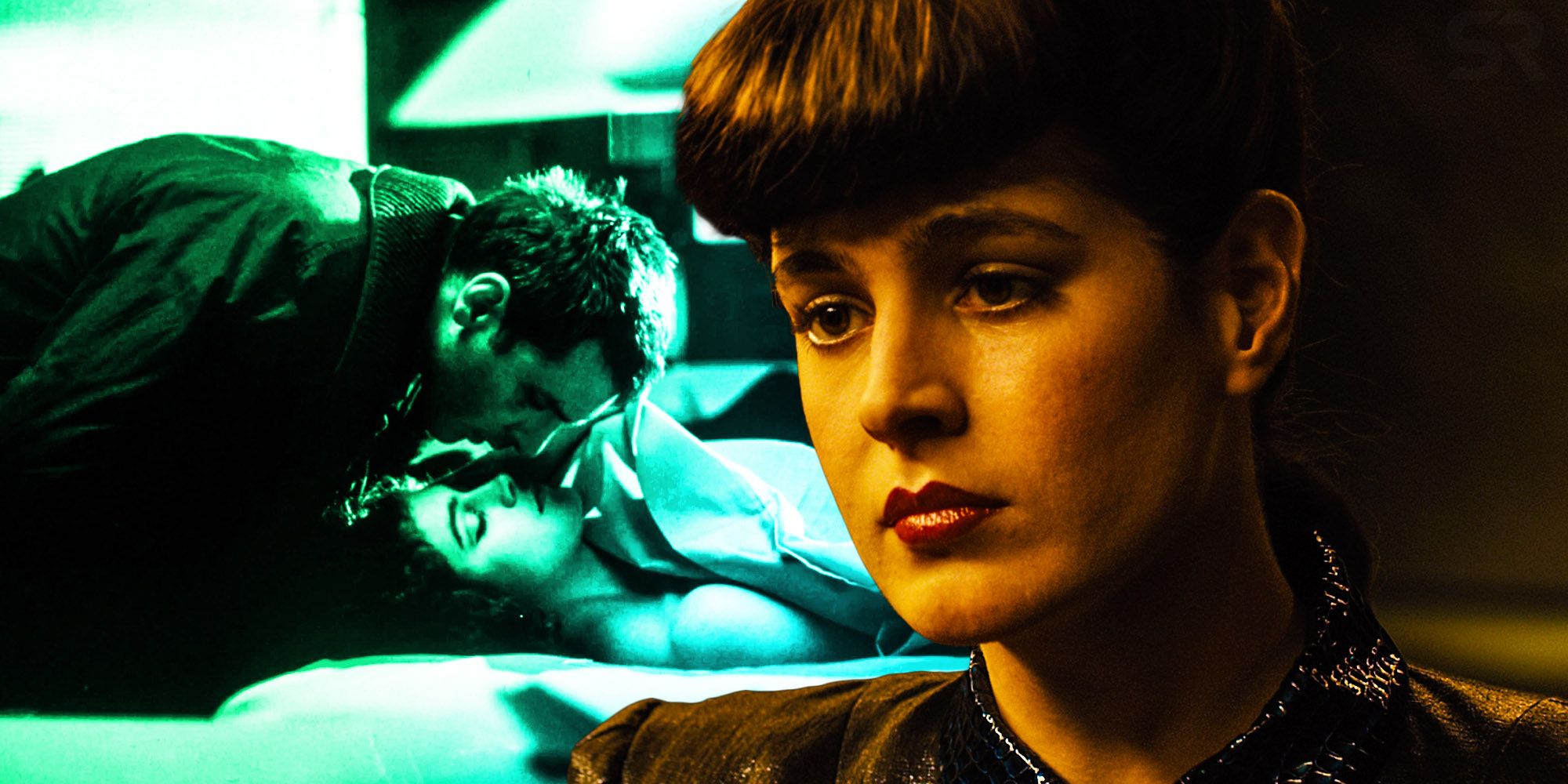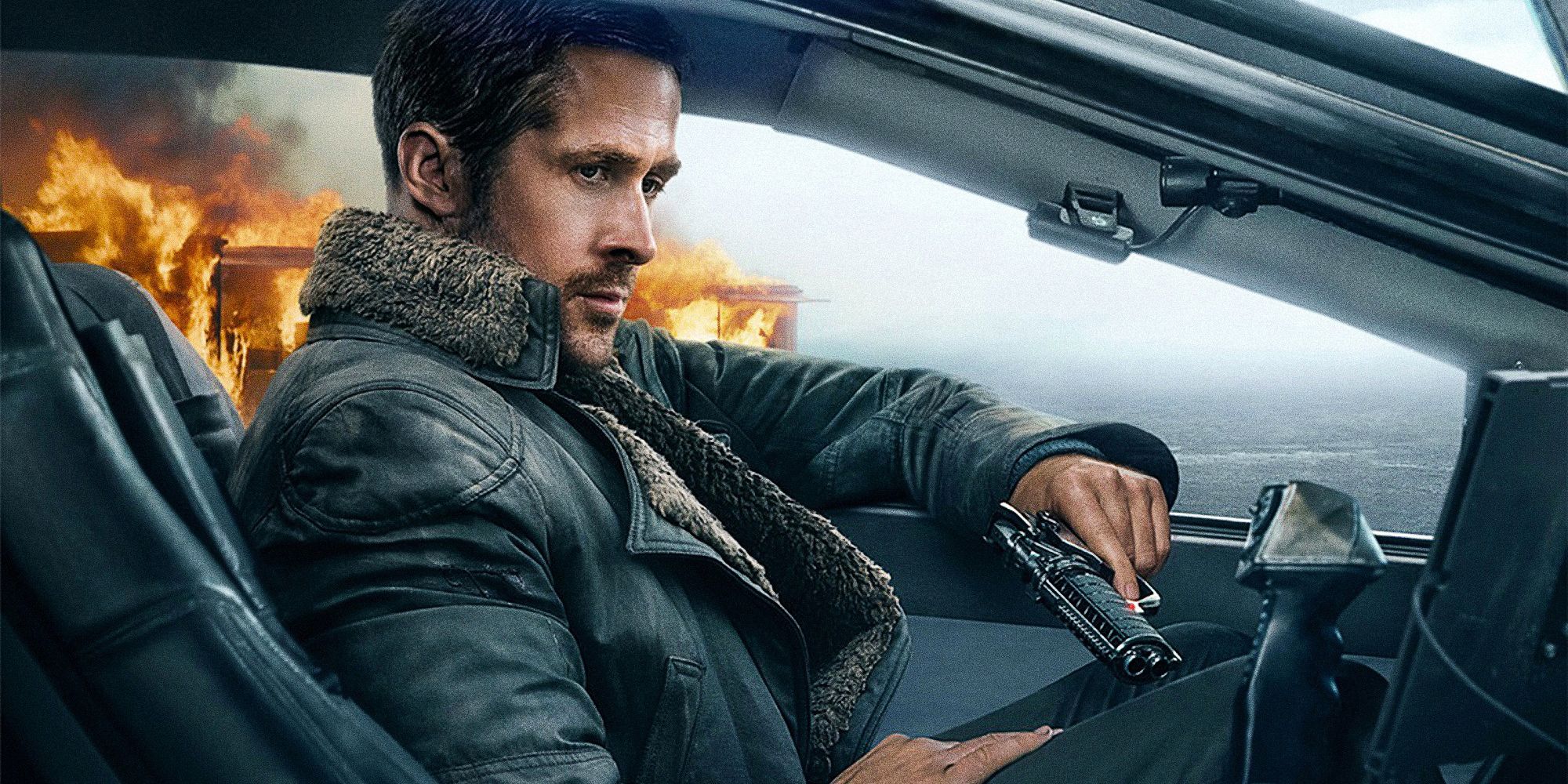An important day in Blade Runner history has finally arrived, and it’s all thanks to Blade Runner 2049. Though it didn’t bring in amazing box office numbers, Denis Villeneuve’s follow-up to the '80s cult classic, coming more than three decades after the original, was stunning in every other respect. The dystopian epic garnered rave reviews, and its visually mesmerizing, flawless shots earned cinematographer Roger Deakins his first Oscar win in fourteen nominations.
Blade Runner 2049 follows Ryan Gosling’s K, a replicant blade runner with serious identity issues. After retiring Dave Bautista’s rogue Nexus 8 replicant Sapper Morton on his protein farm, K discovers a box buried near a tree, which is found to contain human bones. It’s eventually revealed that the bones actually belong to a replicant who died in childbirth. That replicant is none other than Rachael (Sean Young), the bioengineered being in Ridley Scott’s original Blade Runner who stole Deckard’s (Harrison Ford) heart. Somehow, against all odds and the laws of biology, Deckard and Rachael conceived a child, and K spends most of the film sadly wondering if that child is him. Later, he realizes it’s Ana Stelline, a replicant memory designer.
It wasn’t supposed to happen, but on this day, a miracle was born, according to Blade Runner lore. On Sapper Morton’s farm, K discovers the date “6 10 21” carved into a tree, which triggers an implanted memory about a toy horse. Later, he finds the toy horse, which has the same date carved onto it. The date marks the death of Rachael, a replicant who made the world ask what it really means to be human, and the birth of Ana, the first-ever child born from a replicant.
The fact that the first human and replicant hybrid was born on June 10, 2021, highlights the extreme differences between the universe of Blade Runner and the real world. In Blade Runner, there are flying cars, space colonization, and a miracle android baby that could change everything. In the real world, people are still just trying to recover from the fact that YouTuber Logan Paul and Floyd Mayweather recently had a boxing match. Of course, the universe of Blade Runner presents a pretty bleak, lonely future everyone is better off not having. Still, it is interesting that some of the best technology from the film franchise has made it into everyday life. Homes are getting smarter, AI is becoming more advanced, and video calling is a regular thing. If androids start to have babies, though, all bets are off.
Blade Runner 2049’s miracle baby is a plot twist that still has potential for the franchise, though a sequel film doesn't seem to be coming anytime soon. According to the movie, following Rachael’s death, Deckard left the baby with a group advocating for replicant freedom and went on the run to protect the child’s safety. Once it’s discovered in Blade Runner 2049 that a replicant had a baby, K is ordered to kill the child to cover up the truth and prevent a war between the humans and the replicants. The possibility of human and replicant babies is a powder keg that allows plenty of avenues to extend the franchise, but Blade Runner 2049's poor box office return doesn't give much hope for a follow-up.


